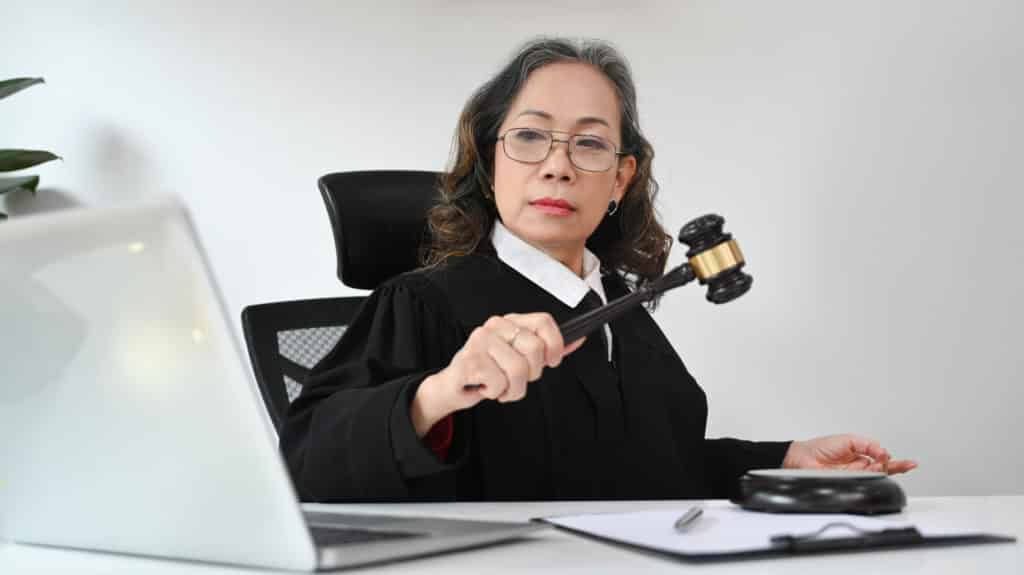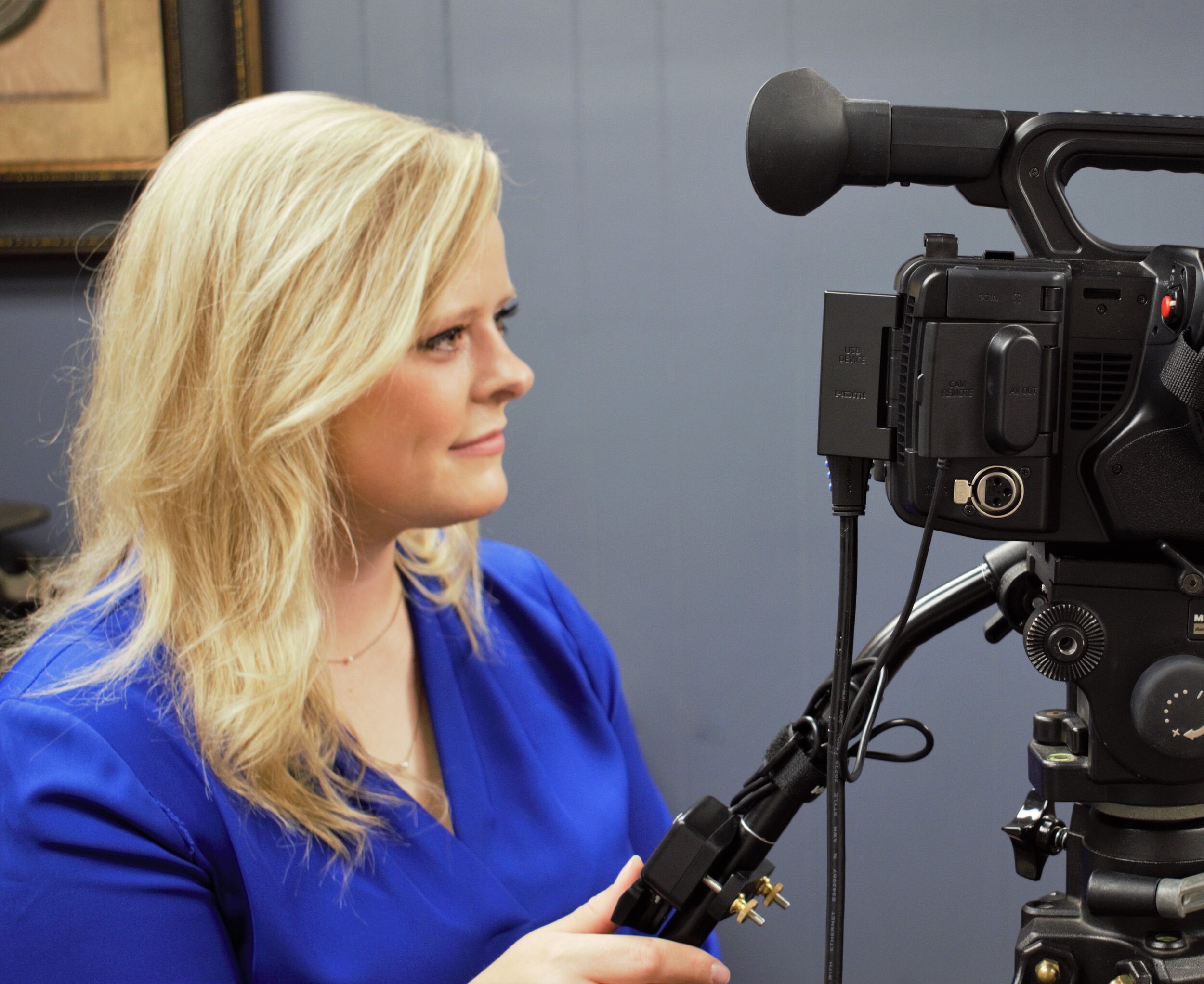Leading Benefits of Expert Legal Videography for Court Cases
Leading Benefits of Expert Legal Videography for Court Cases
Blog Article
Exploring the Devices of Legal Videography: Unveiling Its Operation in Safeguarding Genuine Visual Testimony for Judicial Process
In the realm of judicial proceedings, the duty of lawful videography stands as a cornerstone in preserving and providing visual evidence. As modern technology continues to advance, the mechanisms behind lawful videography have actually become increasingly detailed, supplying an essential layer of authenticity to statements captured on video clip.
Historic Development of Legal Videography
Analyzing the historic progression of lawful videography reveals a significant improvement in the recording and discussion of visual evidence within the lawful landscape. In the past, lawful process greatly depended on composed records and photos to record events and provide evidence. However, with the development of video innovation, the lawful industry observed a standard change in how aesthetic testimony was caught and provided.
The advancement of lawful videography can be mapped back to the late 20th century when improvements in video clip recording tools made it much more available for use in courts. This technological advancement not just enhanced the accuracy and integrity of visual proof however additionally transformed the method instances were offered to discretionary (Legal Videography). Lawyers started to recognize the influential power of video recordings in communicating emotions, subtleties, and non-verbal cues that created pictures or records alone might not record properly

Technology Innovations in Video Documentation
What key technological improvements have revolutionized video clip paperwork in the lawful field? The lawful field has actually seen considerable innovations in video clip documents technology that have enhanced the credibility and dependability of visual proof in judicial process.
Additionally, advancements in video clip file encryption and watermarking modern technologies have actually reinforced the safety and tamper-proof nature of video clip evidence, guarding it against unauthorized changes or tampering. The advent of cloud storage space services and remote gain access to capacities has streamlined the storage, retrieval, and sharing of video clip evidence, promoting seamless cooperation amongst legal specialists and making sure effective accessibility to crucial aesthetic testimonies when required. These technical advancements in video documents have actually definitely revolutionized the legal field, boosting the precision, reliability, and admissibility of aesthetic proof in judicial process.
Duty of Legal Videographers in Courtroom Setups
The development of video paperwork modern technology in the lawful field has necessitated an essential duty for lawful videographers in court room settings, ensuring the stability and reliability of visual testaments presented during judicial process. Legal videographers play a fundamental duty in catching and maintaining exact aesthetic proof that can be crucial in litigation. Their duty reaches establishing equipment, videotaping process, and creating high-grade videos that accurately show the occasions in the court.
Additionally, legal videographers usually function very closely with lawful teams to make sure that the video clip evidence aligns with the case's requirements and can be efficiently presented in court to support the legal disagreements being made. On the whole, the function of lawful videographers in courtroom setups is important in supporting the concepts of justice and guaranteeing the openness of lawful procedures. Legal Videography.

Ensuring Admissibility and Integrity of Video Proof
To maintain the reliability of aesthetic proof presented in lawful process, making certain the admissibility and integrity of video evidence is a vital duty for lawful videographers. Admissibility describes the approval of evidence by the court, and for video evidence to be permissible, it needs to fulfill certain criteria. Legal videographers play an important function in ensuring that the video clips they catch abide with the guidelines of evidence, such as dependability, credibility, and relevance.
Honesty of video proof entails preserving the creativity and accuracy of the video from the time it is taped up until it exists in court. This includes securely storing the video files, recording the chain of custodianship, and protecting against any type of meddling or modifications. Lawful videographers have to abide by rigorous protocols to assure the integrity of the video clip proof and avoid any challenges to its authenticity.
Future Trends in Legal Videography
Given the enhancing reliance on innovation in legal procedures, legal videographers are poised to accept ingenious advancements forming the future of visual statement capture and discussion. One of the noticeable trends on the horizon is the combination of virtual reality (VR) and augmented truth (AR) technologies into legal videography. These technologies have the possible to change just how aesthetic evidence exists in courtrooms, enabling juries and judges to immerse themselves in the scene of the criminal activity or incident.
In addition, making use of expert system (AI) formulas for video evaluation is anticipated to streamline the process of assessing and evaluating large quantities of video footage. AI can assist in determining essential review minutes, anomalies, and patterns within look these up videos, boosting the effectiveness of legal investigations.

Conclusion
In conclusion, lawful videography has played an important duty in providing authentic visual proof for judicial procedures. Via technological developments and the competence of legal videographers, the honesty and admissibility of video evidence are guaranteed in court setups. As lawful videography remains to advance, it will be important to maintain standards that preserve the precision and integrity of visual testament for the future of legal process.
Examining the historic progression of lawful videography discloses a considerable improvement in the capturing and discussion of aesthetic evidence within the legal landscape.The advancement of video clip paperwork technology in the legal area has actually demanded a crucial function for legal videographers in court setups, making sure the honesty and dependability of visual statements provided during judicial procedures. Furthermore, legal videographers typically function very closely with legal groups to guarantee that the video proof lines up with the instance's requirements and can be properly provided in court to support pop over to these guys the legal debates being made.To preserve the reliability of visual proof presented in lawful process, ensuring the admissibility and integrity of video proof is a critical responsibility for legal videographers. As legal videography continues to advance, it will certainly be essential to copyright standards that maintain the precision and reliability of aesthetic testimony for the future of lawful proceedings.
Report this page